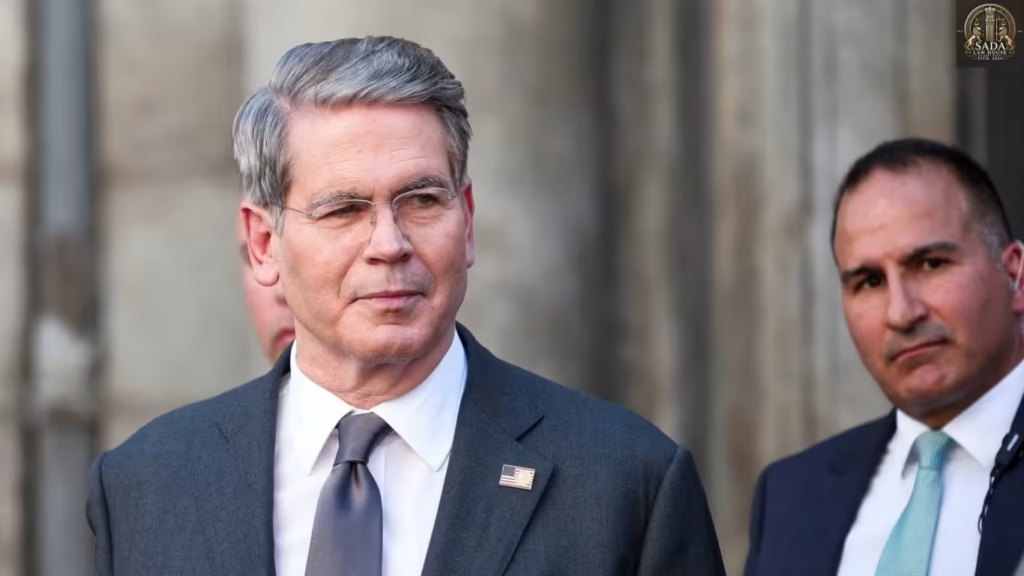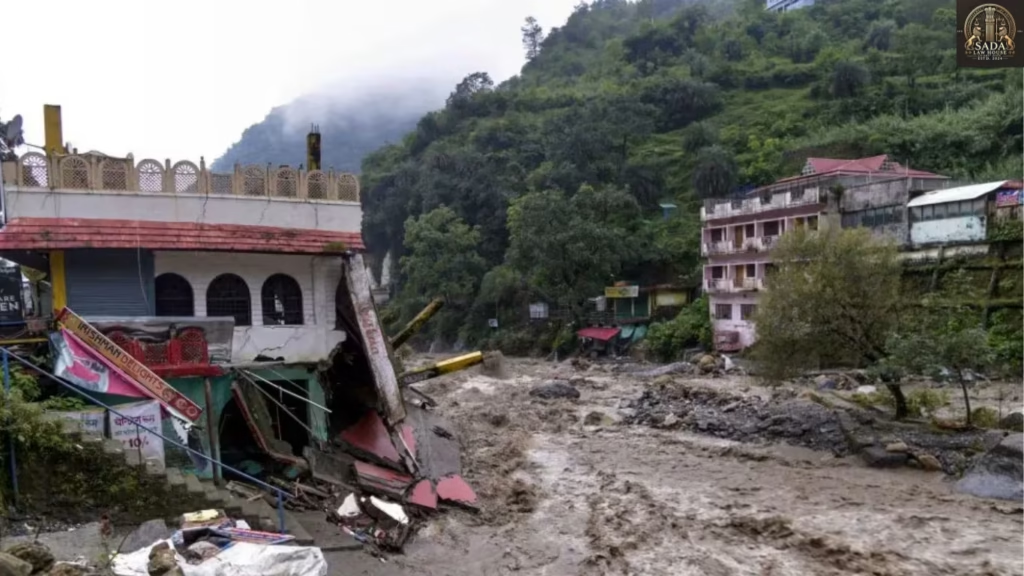Pakistan Confirms India Rejected US Mediation During Operation Sindoor
Trending Today Pakistan Confirms India Rejected US Mediation During Operation Sindoor Deadline-Pressure Builds: Scott Bessent on U.S.-China TikTok Deal Before September 17 Tragedy in the Hills: Dehradun Floods, Landslides Leave 13 Dead, 16 Missing “Pray to Lord Vishnu”: Supreme Court Refuses to Entertain Plea to Restore Beheaded Idol at Khajuraho Supreme Court to Decide Validity of All Religious Conversion Laws; Transfers Cases from High Courts to Itself Mother Can’t Be Denied Child Custody Merely Because She Is Not as Wealthy as Father: J&K High Court We Will Have the Best ADR in the World: Supreme Court Justice PK Mishra at DAW 2025 Supreme Court Warns of Nullifying Entire Bihar Electoral Roll Revision if Illegality Found Anatomy of a Crash: The Story of Gagan Preet Makkad and Navjot Singh Preserving Ties, Protecting Sovereignty: India’s U.S. Strategy Pakistan Confirms India Rejected US Mediation During Operation Sindoor Shivani Garg 17 September 2025 Introduction: Pakistan’s Foreign Minister Ishaq Dar has claimed that the United States offered to mediate between India and Pakistan during the escalation known as Operation Sindoor, but India categorically rejected the offer. The controversy highlights India’s consistent refusal to accept third-party involvement in disputes with Pakistan, reaffirming its bilateral-only stance. Background: Operation Sindoor followed a major escalation after the Pahalgam terror attack, with India launching strong retaliatory measures. Historically, third parties—including the U.S.—have occasionally claimed involvement in defusing India-Pakistan tensions. India, however, has maintained that any dialogue with Pakistan must occur directly, without external mediation, particularly on issues relating to security and Kashmir. Key Developments: Ishaq Dar said U.S. Secretary of State Marco Rubio offered to mediate a ceasefire around May 10. India, according to Dar, rejected this outright, insisting that talks must remain bilateral. Pakistan expressed openness to mediation, stressing the need for “comprehensive” dialogue, covering terrorism, trade, economy, and Jammu & Kashmir. Issues: India’s Rejection: India’s official stance is that no third-party role was involved in ending hostilities. Conflicting Narratives: Pakistan claims the U.S. attempted mediation, while India insists ceasefire communications were handled through military channels (DGMO-level). Sovereignty Concerns: India frames foreign involvement as undermining sovereignty and legitimizing external interference in national security issues. Diplomatic Optics: U.S. claims (current or past, e.g., Trump) of involvement create political sensitivities for India, suggesting dependence on outside pressure. Current Status: India’s Foreign Minister S. Jaishankar and Foreign Secretary Vikram Misri reiterated that India “never accepted mediation, does not accept it, and will never accept it.” Prime Minister Modi has consistently underlined that all issues with Pakistan are bilateral. Pakistan continues to push for wider, mediated dialogue, but India remains unmoved. Conclusion: The exchange underscores the entrenched positions of both nations: Pakistan’s openness to external facilitation versus India’s strict adherence to bilateralism. While mediation claims from the U.S. may persist, India’s rejection signals continuity in its foreign policy doctrine — keeping control over the narrative of sovereignty, security, and regional stability. Leave a Reply Cancel Reply Logged in as Sada Law. Edit your profile. Log out? Required fields are marked * Message* Live Cases Pakistan Confirms India Rejected US Mediation During Operation Sindoor Sada Law • September 17, 2025 • Live cases • No Comments Deadline-Pressure Builds: Scott Bessent on U.S.-China TikTok Deal Before September 17 Sada Law • September 17, 2025 • Live cases • No Comments Tragedy in the Hills: Dehradun Floods, Landslides Leave 13 Dead, 16 Missing Sada Law • September 17, 2025 • Live cases • No Comments 1 2 3 … 5 Next »
Pakistan Confirms India Rejected US Mediation During Operation Sindoor Read More »



